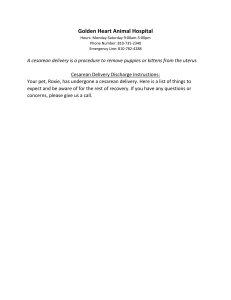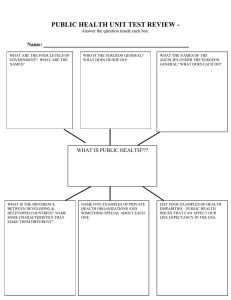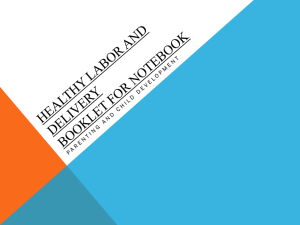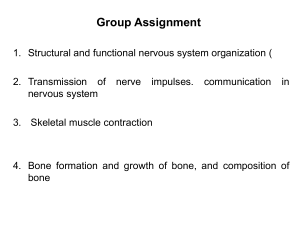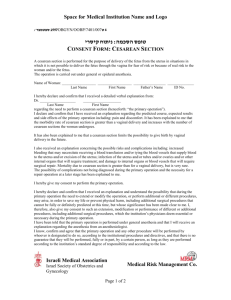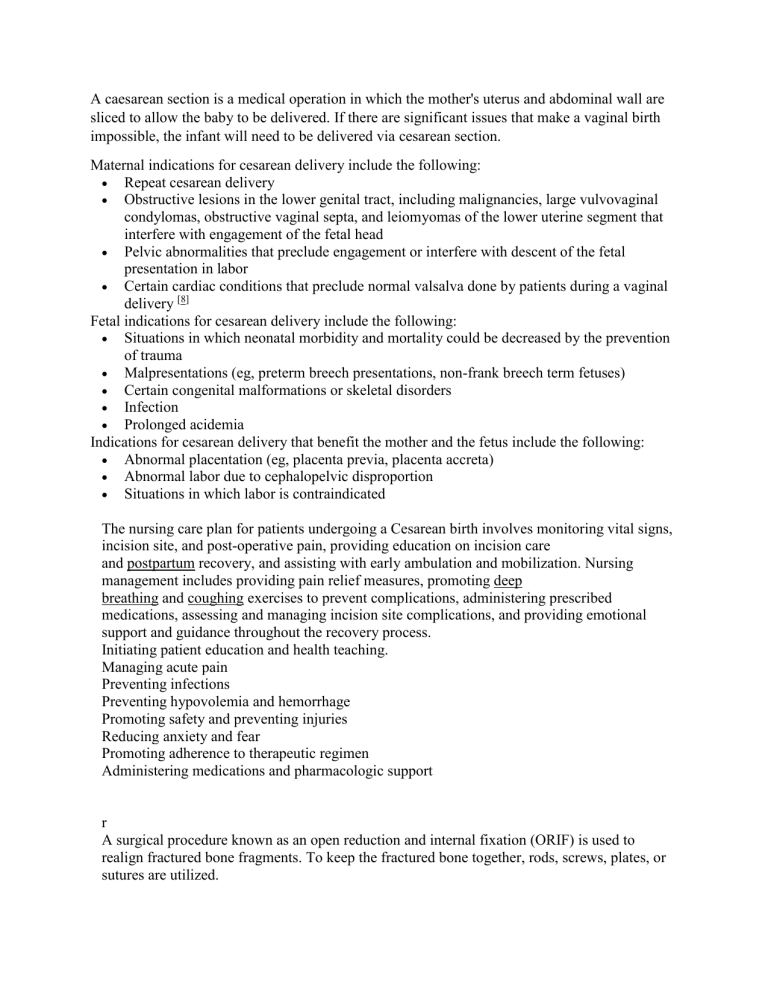
A caesarean section is a medical operation in which the mother's uterus and abdominal wall are sliced to allow the baby to be delivered. If there are significant issues that make a vaginal birth impossible, the infant will need to be delivered via cesarean section. Maternal indications for cesarean delivery include the following: Repeat cesarean delivery Obstructive lesions in the lower genital tract, including malignancies, large vulvovaginal condylomas, obstructive vaginal septa, and leiomyomas of the lower uterine segment that interfere with engagement of the fetal head Pelvic abnormalities that preclude engagement or interfere with descent of the fetal presentation in labor Certain cardiac conditions that preclude normal valsalva done by patients during a vaginal delivery [8] Fetal indications for cesarean delivery include the following: Situations in which neonatal morbidity and mortality could be decreased by the prevention of trauma Malpresentations (eg, preterm breech presentations, non-frank breech term fetuses) Certain congenital malformations or skeletal disorders Infection Prolonged acidemia Indications for cesarean delivery that benefit the mother and the fetus include the following: Abnormal placentation (eg, placenta previa, placenta accreta) Abnormal labor due to cephalopelvic disproportion Situations in which labor is contraindicated The nursing care plan for patients undergoing a Cesarean birth involves monitoring vital signs, incision site, and post-operative pain, providing education on incision care and postpartum recovery, and assisting with early ambulation and mobilization. Nursing management includes providing pain relief measures, promoting deep breathing and coughing exercises to prevent complications, administering prescribed medications, assessing and managing incision site complications, and providing emotional support and guidance throughout the recovery process. Initiating patient education and health teaching. Managing acute pain Preventing infections Preventing hypovolemia and hemorrhage Promoting safety and preventing injuries Reducing anxiety and fear Promoting adherence to therapeutic regimen Administering medications and pharmacologic support r A surgical procedure known as an open reduction and internal fixation (ORIF) is used to realign fractured bone fragments. To keep the fractured bone together, rods, screws, plates, or sutures are utilized. This surgery is done on an arm or a leg to repair fractures that would not heal properly with a cast or splint alone. Your surgeon may recommend ORIF if: • The bone is broken into many pieces • The bone is sticking out of the skin + • The bone is not lined up correctly • A closed reduction (without opening the skin) was done before and it didn’t heal properly • A joint is dislocated This surgery should allow your bone to heal properly. When it does, you will have less pain and be better able to move and use your arm or leg. Take pain medication. You might need to take over-the-counter or prescription pain medication, or both. Follow your doctor’s instructions. Make sure your incision stays clean. Keep it covered and wash your hands often. Ask your doctor how to properly change the bandage. Lift the limb. After ORIF, your doctor might tell you to elevate the limb and apply ice to decrease swelling. Don’t apply pressure. Your limb may need to stay immobile for a while. If you were given a sling, wheelchair, or crutches, use them as directed. Continue physical therapy. If your physical therapist taught you home exercises and stretches, do them regularly. It’s important to attend all your checkups after surgery. This will let your doctor monitor your healing process. Nursing management for a patient who undergoes internal fixation involves monitoring neurovascular status, administering medications, managing the patient's pain, preventing infection, and assisting with ambulation and exercises. An orthopedic surgeon cuts the skin, re-positions the bone, and holds it together with metal hardware like plates or screws. ORIF isn't for minor fractures that can be healed with a cast or splint. ORIF recovery can last 3 to 12 months. You'll need physical or occupational therapy, pain medication, and lots of rest. During a total abdominal hysterectomy bilateral salpingo-oophorectomy (TAHBSO), the cervix, fallopian tubes, ovaries, and uterus are all removed. In cases of uterine and cervical cancer, TAHBSO is typically used. This type of hysterectomy is the most prevalent. Hysterectomy is a major procedure that is associated with both risk and benefits. The procedure can cause hormonal imbalance and affect a woman’s overall health. Some of the conditions this procedure may be used to resolve are described below: Endometriosis, fibrosis, adenomyosis, heavy periods, Vaginal prolapse, cancer, pelvic inflammatory disease Using the laparoscopic surgical tools, the tissues and vessels surrounding the uterus are cut and tied off. The uterus and cervix are then removed through the vagina, and the top of the vaginal cuff is sutured. The fallopian tubes and ovaries also may be removed during this surgical procedure. Postoperative pain management, diet advancement, bladder and bowel care, mobility and physical therapy, breathing exercises, wound care, personal hygiene, and monitoring of the vaginal bleeding. Nursing actions and interventions are one of the essential aspects of hysterectomy procedures. Upper endoscopy, also known as esophagogastroduodenoscopy (EGD), is a procedure used to examine the lining of the esophagus (swallowing tube), stomach, and upper part of the small intestine (duodenum). The doctor may perform this procedure to diagnose and treat when possible certain disorders of the upper GI tract. Diagnostic Persistent upper abdominal pain or pain associated with alarming symptoms such as weight loss or anorexia Dysphagia, odynophagia or feeding problems Intractable or chronic symptoms of GERD Unexplained irritability in a child Persistent vomiting of unknown etiology or hematemesis Iron deficiency anemia with presumed chronic blood loss when clinically an upper gastrointestinal (GI) source is suspected or when colonoscopy is normal Chronic diarrhea or malabsorption Assessment of acute injury after caustic ingestion Surveillance for malignancy in patients with premalignant conditions such as polyposis syndromes, previous caustic ingestion, or Barrett esophagus Therapeutic Foreign body removal Dilation or stenting of strictures Esophageal variceal ligation Upper GI bleeding control Placement of feeding or draining tubes Management of achalasia (botulinum toxin or balloon dilation[1] This type of surgery is performed using a scope, a flexible tube with a camera and light at the tip. This allows your surgeon to see inside your colon and perform procedures without making major incisions, allowing for easier recovery time and less pain and discomfort. Recovering patients after procedures. Administering the necessary medication to patients. Keeping the patient informed throughout the duration of the procedure. Completing all necessary documentation including patient notes and discharge documents. AVFs, or anomalous vein-artery connections, are known as arteriovenous fistulas. AVFs can be produced surgically, arise from a genetic or congenital defect, or develop as a secondary injury or trauma caused by medical intervention. These are quite uncommon, except from the medically induced varieties of fistulas. A fistula is created when long-term hemodialysis is required. Nephrologists consider a measurement of eGFR and other of signs and symptoms associated with kidney failure when initiating hemodialysis. Typically, symptoms develop as eGFR declines below 10 mL per minute per 1.73 m. Uremic pericarditis and uremic pericarditis are absolute indications that develop with eGFR less than 5. Other more commonly seen symptoms include declining nutritional status, inability to maintain fluid volume, or difficulty treating fluid overload, fatigue, or cognitive impairment. Patients with chronic kidney disease are frequently monitored and may develop acidosis, hyperkalemia, and hyperphosphatemia. As these values continue to worsen, initiation of hemodialysis should be considered. Creatinine clearance less than 25 ml per minute is a commonly used lab indicator along with serum creatinine greater than 4 mg/dl. Any patient with a suspected need for hemodialysis within 1 year should have long-term access planning initiated. Teach the patient: o to make sure that dialysis needlestick locations are rotated to prevent stenosis and thrombus formation o to check the function of the vascular access several times a day by palpating it and feeling for vibration o to monitor for any bleeding after dialysis o to monitor for signs of infection o to keep the site clean o to avoid wearing any clothing or jewelry that restricts the access and to prevent anyone from using the extremity to obtain BP or perform venipuncture o not to use the arm with vascular access to carry heavy objects and not to sleep on the arm o not to use any creams and lotions on the vascular access site. Document assessment findings, any interventions and patient responses, patient teaching, and the patient's level of understanding. Thyroidectomy is surgical removal of all or part of the thyroid gland, which is located in the front of the neck. The thyroid gland releases thyroid hormone, which controls many critical functions of the body. Indications include thyroid cancer, toxic multinodular goiter, toxic adenomas, goiter with compressive symptoms, Graves disease that is either not responsive to medical treatment or for whom medical management may not be advised, such as those attempting to become pregnant. The surgeon parts a thin layer of muscle to gain access to the thyroid gland, then removes one or both lobes of the thyroid gland as well as any nearby lymph nodes that may be affected by disease. The surgeon then returns the muscles of the front of the neck to their proper position and secures them in place. Monitor the patient's vital signs and condition during and after the surgery. Administer prescribed medications, such as antibiotics or pain relievers, as directed. Assess and manage the patient's pain and discomfort postoperatively. Monitor the patient for any signs of complications, such as bleeding or infection.
